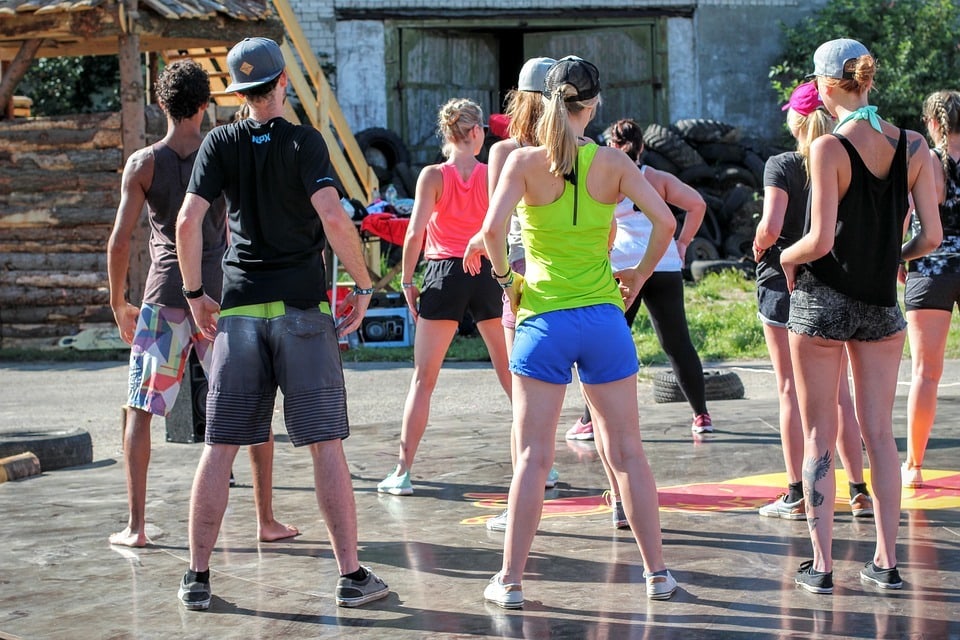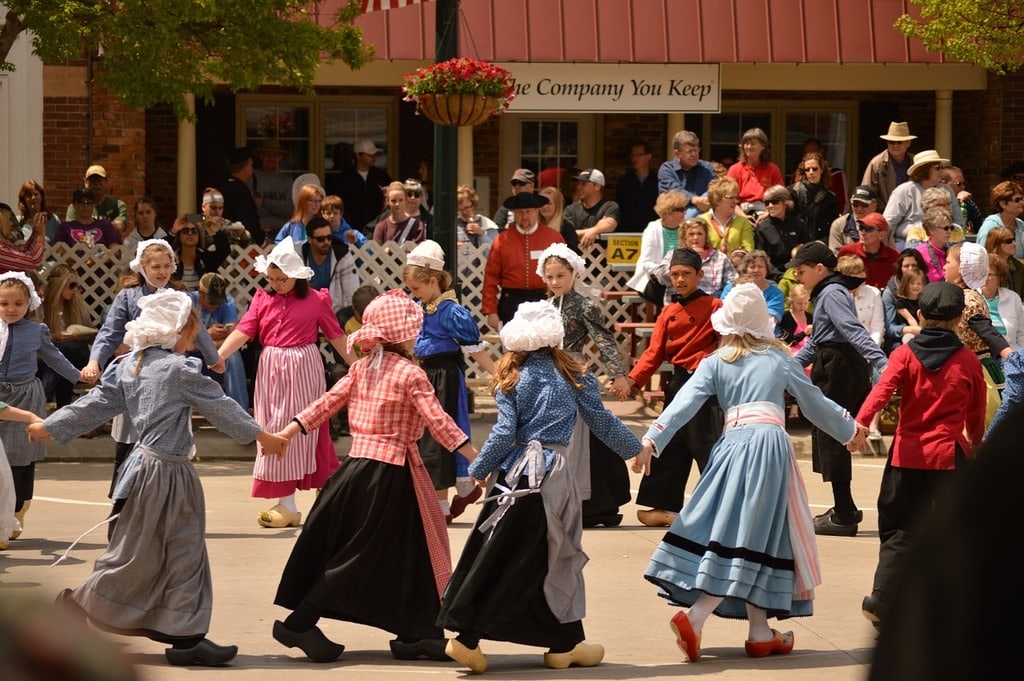Throughout history, dance has served as a powerful medium for storytelling, a bridge connecting the past to the present. Folk tales, in particular, find an expressive outlet in dance, where movements, gestures, and rhythms bring age-old stories to life. This art form transcends mere entertainment, offering a glimpse into the cultural heritage and social values of different communities. As dancers interpret these tales, they preserve traditions and impart wisdom across generations.
Folk Tales and Their Dance Interpretations
Folk tales often embody the essence of a community’s values, beliefs, and experiences. When these narratives are translated into dance, they take on a new dimension, allowing audiences to experience the stories viscerally. Dancers use their bodies as instruments to convey the emotions, struggles, and triumphs of the characters within these tales. This unique form of storytelling enables audiences to engage with the narrative on a sensory level, making the folklore more accessible and relatable.
Many cultures around the world have their own distinctive styles of dance that are closely linked to their folk tales. From the intricate footwork of Indian classical dance to the dynamic movements of African tribal dances, each style offers a unique interpretation of traditional stories. These dances often include symbolic gestures and motifs that are integral to the narrative. For instance, in Balinese dance, specific hand movements and eye expressions are used to depict different characters and emotions.
Preserving cultural heritage through dance ensures that these folk tales remain a vibrant part of the community’s identity. As dancers perform these stories, they keep the spirit of the tales alive, allowing them to be passed down through the generations. This oral tradition, now expressed through movement, continues to be an essential aspect of cultural preservation.

The Role of Dance in Cultural Education
Dance not only entertains but also educates, providing insights into the social norms and historical contexts of different societies. Through dance, audiences learn about the customs, rituals, and values that are central to a community’s way of life. For example, in many Native American cultures, dance plays a key role in ceremonies and is used to communicate with spiritual entities, imparting lessons about the interconnectedness of life.
In educational settings, incorporating dance into the curriculum can offer students a more immersive learning experience. By engaging with folk tales through dance, students can develop a deeper understanding of the cultural and historical background of the stories. This approach encourages empathy and appreciation for diverse cultures, fostering a more inclusive worldview.
Educators and cultural organizations have recognized the value of dance as a teaching tool and have developed programs that integrate dance with storytelling. These initiatives have proven successful in engaging students and enhancing their cultural literacy. Understanding cultural diversity through dance can break down barriers and promote mutual respect among people from different backgrounds.
Elements of Dance in Folk Tales
The interpretation of folk tales through dance involves several key elements that contribute to the storytelling experience. These elements include movement, music, costumes, and setting. Each component plays a significant role in bringing the story to life and conveying its underlying message.
- Movement: the choreography of the dance is essential in depicting the narrative. Dancers use their bodies to express emotions and actions, allowing the audience to follow the storyline.
- Music: the rhythm and melody of the accompanying music set the tone for the tale. Traditional instruments and songs often accompany folk dances, adding an auditory layer to the storytelling.
- Costumes: the attire worn by dancers can signify the characters and setting of the story. Vibrant colors and intricate designs enhance the visual aspect of the performance.
- Setting: the environment in which the dance is performed can influence the audience’s perception of the tale. Whether in a traditional village square or a modern theater, the setting adds context to the narrative.
Each of these elements works in harmony to create a captivating performance that resonates with the audience. By combining these components, dancers can effectively convey the essence of folk tales, making them an enduring part of cultural expression.
The Everlasting Impact of Dance as Storytelling
The tradition of telling folk tales through dance continues to thrive in today’s world. As societies evolve, so too do the stories and the ways they are performed. This adaptability ensures that the art form remains relevant, resonating with new audiences while honoring its roots. Dance as a medium of storytelling has the power to transcend cultural and linguistic barriers, fostering connections between people from different walks of life.
In a world that is increasingly interconnected, the sharing of folk tales through dance can serve as a reminder of the rich tapestry of human experience. These performances offer a space for reflection, celebration, and understanding, highlighting the shared values and universal themes that unite humanity. Through dance, the wisdom of the past is continually brought into the present, inspiring future generations to carry forward the traditions and stories that define their cultural heritage.
The enduring legacy of dance as a form of storytelling lies in its ability to adapt and evolve while remaining true to its origins. As long as there are stories to be told, dance will continue to be a powerful and meaningful way to share them with the world.
